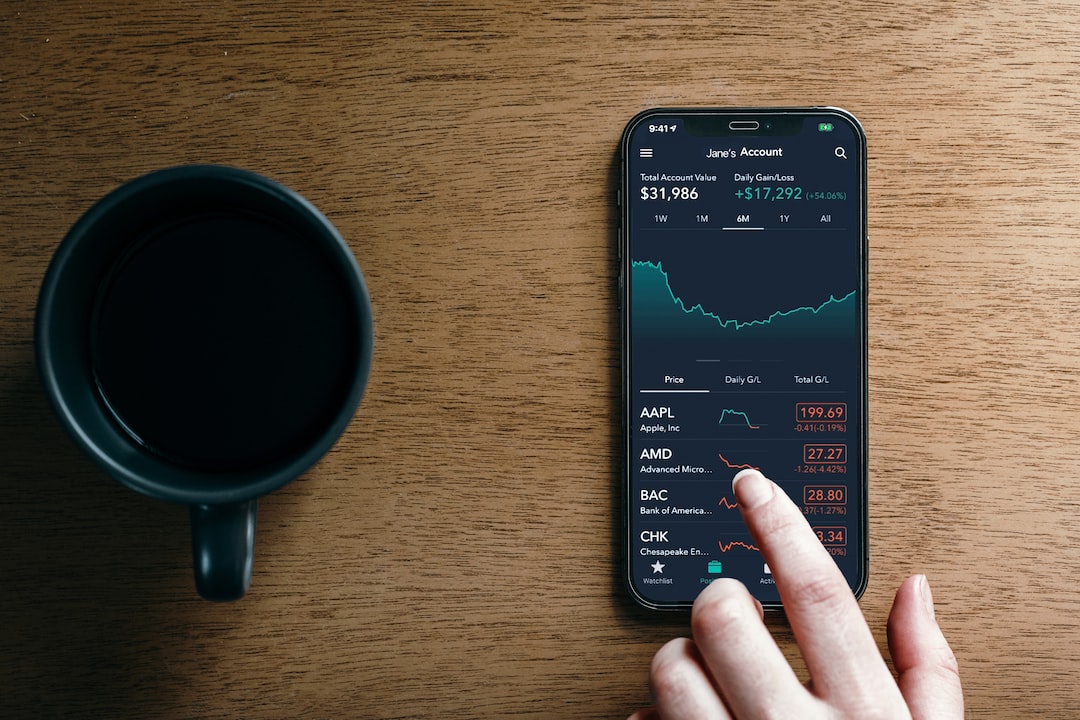Forex trading is a popular activity among traders and investors who are looking to make profits from the fluctuations in currency exchange rates. To be successful in forex trading, it is essential to have a well-designed trading system that incorporates a set of rules, tools, and strategies to guide your decision-making process. In this article, we will discuss the key steps involved in designing a forex trading system that can help you achieve your financial goals.
Step 1: Define your trading goals and risk tolerance
Before you start designing your trading system, it is important to define your trading goals and risk tolerance. Your trading goals should be specific, measurable, achievable, relevant, and time-bound (SMART). For example, you may want to achieve a profit of 10% per month or a return on investment (ROI) of 50% per year. Your risk tolerance will depend on your personal financial situation, trading experience, and psychological makeup. You need to be honest with yourself about what level of risk you are comfortable with and what level of risk you can afford to take.
Step 2: Choose your trading style
There are several trading styles in forex trading, including day trading, swing trading, and position trading. Day trading involves opening and closing trades within a single trading day, while swing trading involves holding trades for a few days to a few weeks. Position trading involves holding trades for several weeks to several months. Your trading style will depend on your trading goals, risk tolerance, and personal preferences.
Step 3: Develop your trading strategy
Your trading strategy should be based on a set of rules that define when to enter and exit trades, what currency pairs to trade, and what position size to use. Your trading strategy should also include risk management rules, such as stop-loss orders and take-profit orders, to limit your losses and maximize your profits. You can develop your trading strategy by using technical analysis, fundamental analysis, or a combination of both.
Technical analysis involves using charts and technical indicators to identify trading opportunities based on past price movements. Fundamental analysis involves analyzing economic and political news to identify trading opportunities based on future price movements. A combination of both technical and fundamental analysis can provide a more comprehensive view of the market and increase your chances of success.
Step 4: Backtest your trading strategy
Backtesting involves testing your trading strategy on historical data to see how it would have performed in the past. This can help you identify the strengths and weaknesses of your trading strategy and make any necessary adjustments. You can backtest your trading strategy using trading software that is specifically designed for this purpose.
Step 5: Monitor and adjust your trading system
Once you have developed and backtested your trading system, you need to monitor its performance on a regular basis and make any necessary adjustments. This can include modifying your trading strategy based on market conditions or changing your risk management rules based on your performance.
Conclusion
Designing a forex trading system requires careful planning, research, and testing. By defining your trading goals and risk tolerance, choosing your trading style, developing your trading strategy, backtesting your trading system, and monitoring and adjusting your trading system, you can increase your chances of success in forex trading. Remember that forex trading involves risk, and you should never risk more than you can afford to lose.





